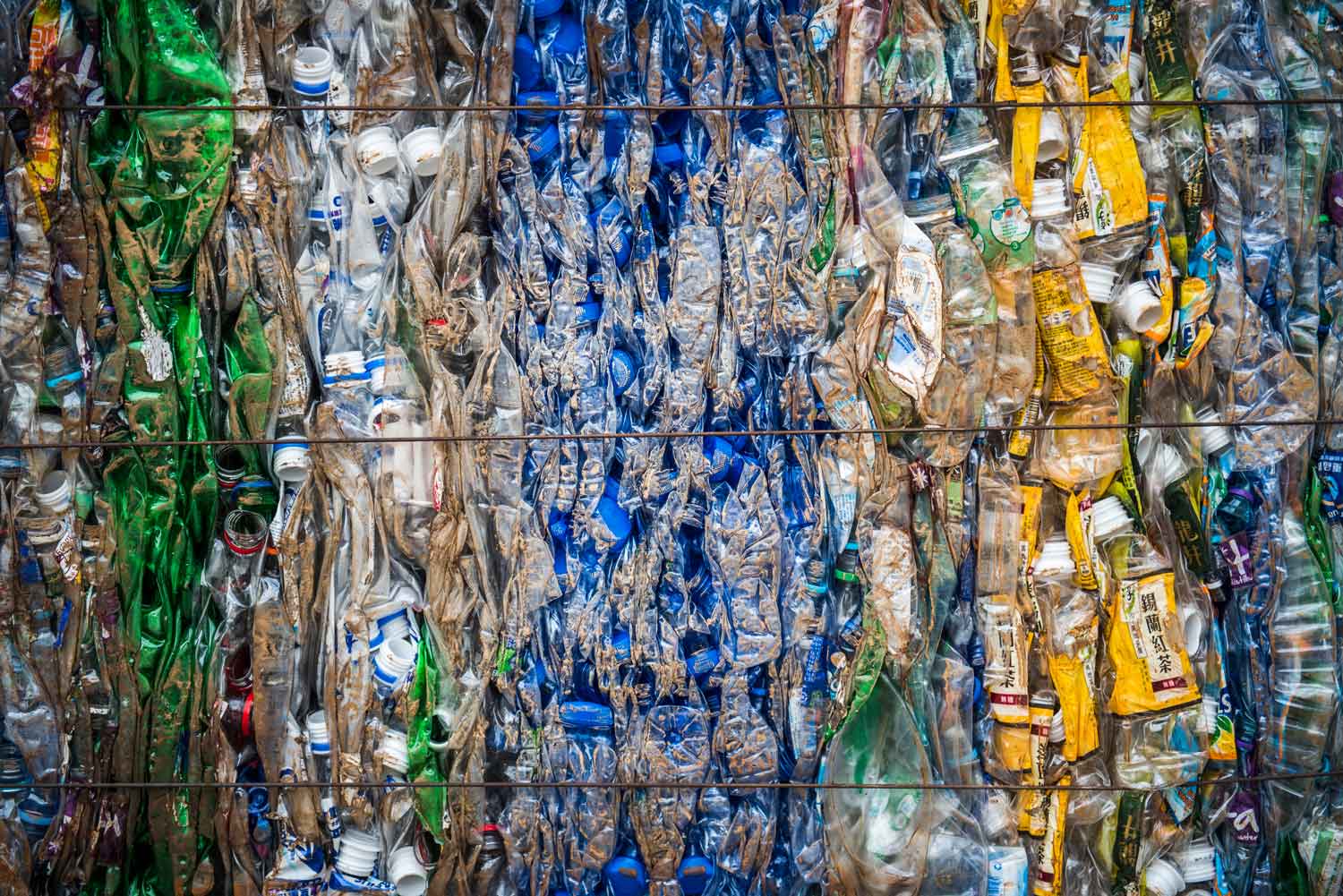Continuing our investment in growing our footprint, Oakbank Solutions is committing to buying and increasing our assets in the purchasing of machinery which we believe will help the company grow and also allow us to join the ranks of companies looking to change materials into new products to prevent waste of potentially useful materials, reduce the consumption of fresh raw materials, reduce energy usage, reduce air pollution and water pollution by reducing the need for “conventional” waste disposal, and lower greenhouse gas emissions as compared to plastic production.
Oakbank was formed to capitalise upon the significant growth in the generation of biproducts from plastics reprocessing operations within the UK and Europe. Plastics reprocessing across Europe are experiencing quick growth in recent years with bigger and more advanced plants being built. At the same time, customer standards are increasing which results in more waste plastic known as bi-products being generated from reprocessing. Waste has historically been exported to far reached countries. Now with standards being raised globally for imported waste across all regions, is reducing the amount of plastic ‘waste’ being exported to these areas.
Oakbank is able now to accept various plastic and aluminium waste products into our reprocessing site in the south-east and our new location in Lincolnshire where the material is sorted and processed into a product.



